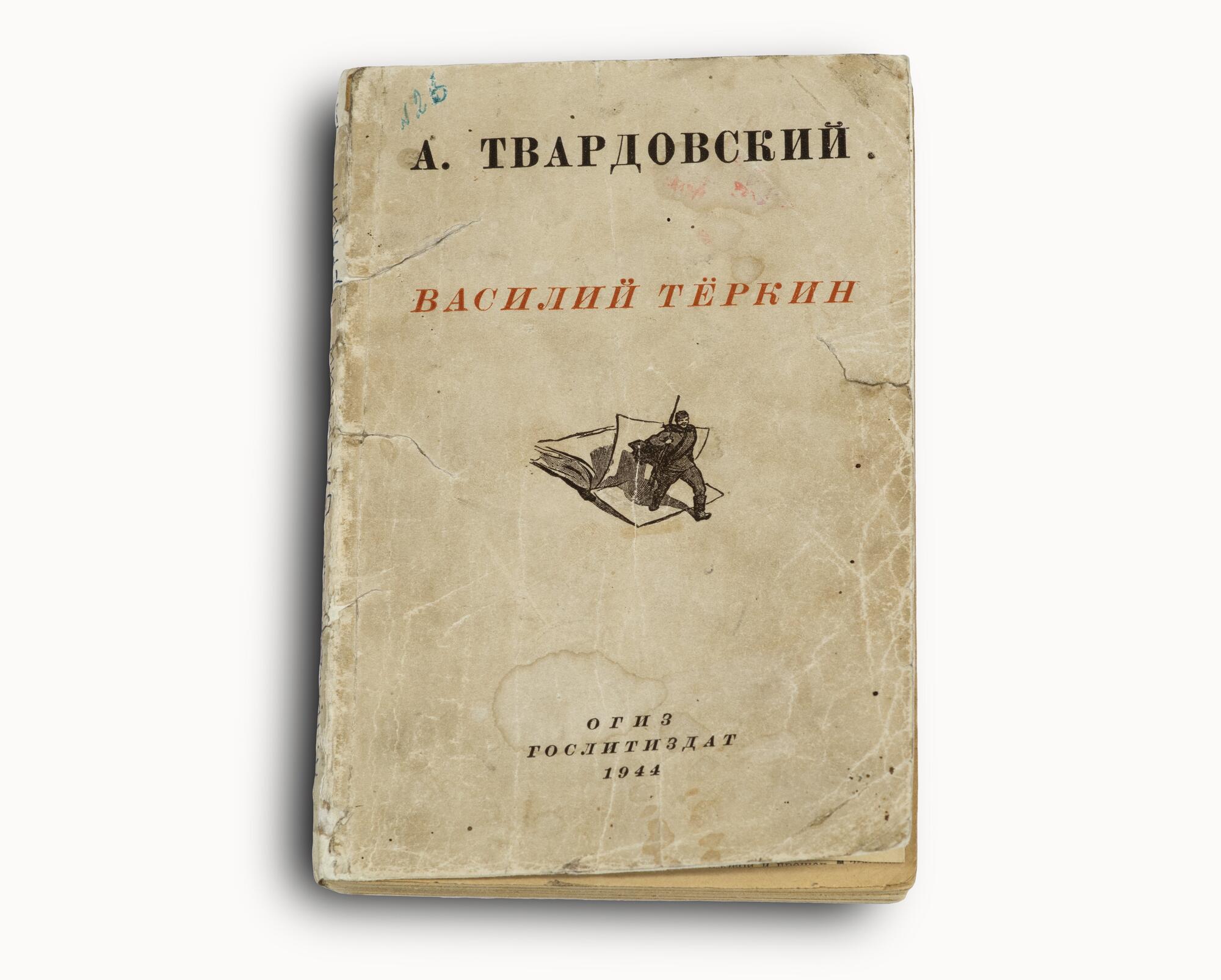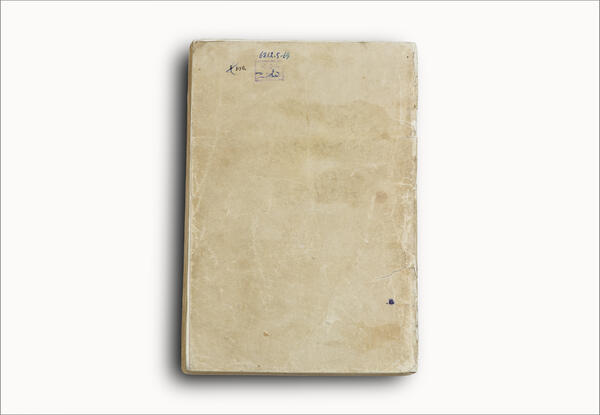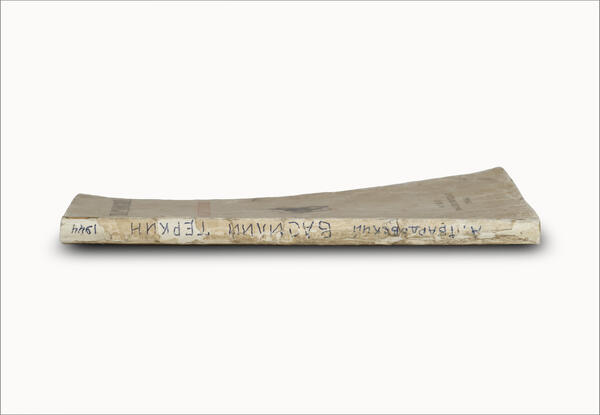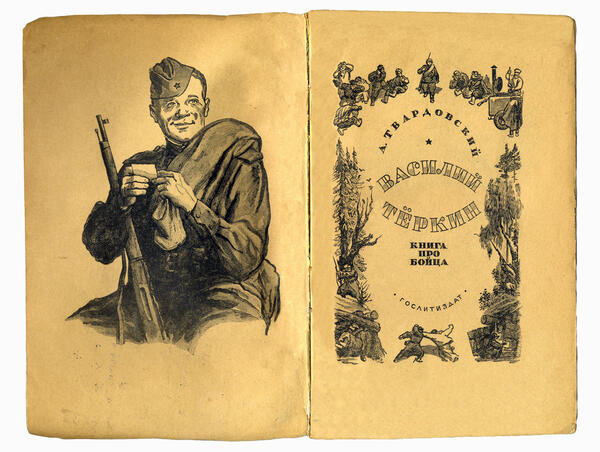In May 1942, the headquarters of the Red Army’s Western Front was moved to the Obninskoye station in the Kaluga Oblast. The “big household”, as Commander-in-Chief Georgy Zhukov called it, even had a specialized railway train, the so-called “typography train”, with the equipment that allowed it to produce a small-format newspaper of two or four pages. The train stood on a railway line in a birch grove. From the Obninskoye station, the newspaper “Krasnoarmeyskaya Pravda” was delivered to the front lines of the Western Front. In the summer of 1942, a new member of the editorial staff, Alexandr Trifonovich Tvardovsky, who had already won popularity by that time, joined the newspaper.
1942 was a difficult year for Soviet forces, with the Germans seizing Sevastopol and pushing towards Stalingrad and the oilfields of the Caucasus. The People’s Commissar of Defense signed Order No 227, which went down in history as “Not a step back”. The army was accused of “disgraceful behavior” and “crimes against the Motherland” for surrendering the frontiers. Tvardovsky’s poem “Vasili Tyorkin” became a great moral support for the soldiers. The author read the first chapter to his front-line comrades on the editorial train — there was absolute silence in the overcrowded carriage.
For the first time, the “infamous soldier” was described with love, compassion and pain. The author made a simple infantry soldier his hero and glorified his war journey. He awakened a feeling of respect, gratitude and love for the people who were enduring all the hardships of war. Two months later the first chapters of “Vasili Tyorkin” began to appear in the newspaper “Krasnoarmeyskaya Pravda”, and within a year the headquarters of the Western Front printed “At Rest”, “Before the Fight”, “Crossing”, “Tyorkin is wounded”, “Accordion”, “In a soldier’s cabin”; also, the second part of the poem was written.
“Vasili Tyorkin” immediately won acclaim. At the front line, Red Army soldiers and commanders looked forward to reading the next issue; they recited the poem and wrote letters to the author. Tvardovsky prepared the poem for publication as a separate book and engaged his friend Orest Vereisky — graphic artist and master of front-line sketches — as an illustrator. Vereisky created a portrait of the protagonist, Vasili Tyorkin, whose life model was the soldier Vasili Glotov, a front-line poet from the 5th Army.
In the early 1980s, the Obninsk City Museum began collecting materials for an exhibition about the headquarters of the Western Front. An advertisement was placed in the newspaper “Book Review” to find the first edition of “Vasili Tyorkin”. Soon the museum received a parcel from the city of Cheboksary from V. A. Andreev. The book of the second edition of 1944 took its place in the exhibition.
1942 was a difficult year for Soviet forces, with the Germans seizing Sevastopol and pushing towards Stalingrad and the oilfields of the Caucasus. The People’s Commissar of Defense signed Order No 227, which went down in history as “Not a step back”. The army was accused of “disgraceful behavior” and “crimes against the Motherland” for surrendering the frontiers. Tvardovsky’s poem “Vasili Tyorkin” became a great moral support for the soldiers. The author read the first chapter to his front-line comrades on the editorial train — there was absolute silence in the overcrowded carriage.
For the first time, the “infamous soldier” was described with love, compassion and pain. The author made a simple infantry soldier his hero and glorified his war journey. He awakened a feeling of respect, gratitude and love for the people who were enduring all the hardships of war. Two months later the first chapters of “Vasili Tyorkin” began to appear in the newspaper “Krasnoarmeyskaya Pravda”, and within a year the headquarters of the Western Front printed “At Rest”, “Before the Fight”, “Crossing”, “Tyorkin is wounded”, “Accordion”, “In a soldier’s cabin”; also, the second part of the poem was written.
“Vasili Tyorkin” immediately won acclaim. At the front line, Red Army soldiers and commanders looked forward to reading the next issue; they recited the poem and wrote letters to the author. Tvardovsky prepared the poem for publication as a separate book and engaged his friend Orest Vereisky — graphic artist and master of front-line sketches — as an illustrator. Vereisky created a portrait of the protagonist, Vasili Tyorkin, whose life model was the soldier Vasili Glotov, a front-line poet from the 5th Army.
In the early 1980s, the Obninsk City Museum began collecting materials for an exhibition about the headquarters of the Western Front. An advertisement was placed in the newspaper “Book Review” to find the first edition of “Vasili Tyorkin”. Soon the museum received a parcel from the city of Cheboksary from V. A. Andreev. The book of the second edition of 1944 took its place in the exhibition.







